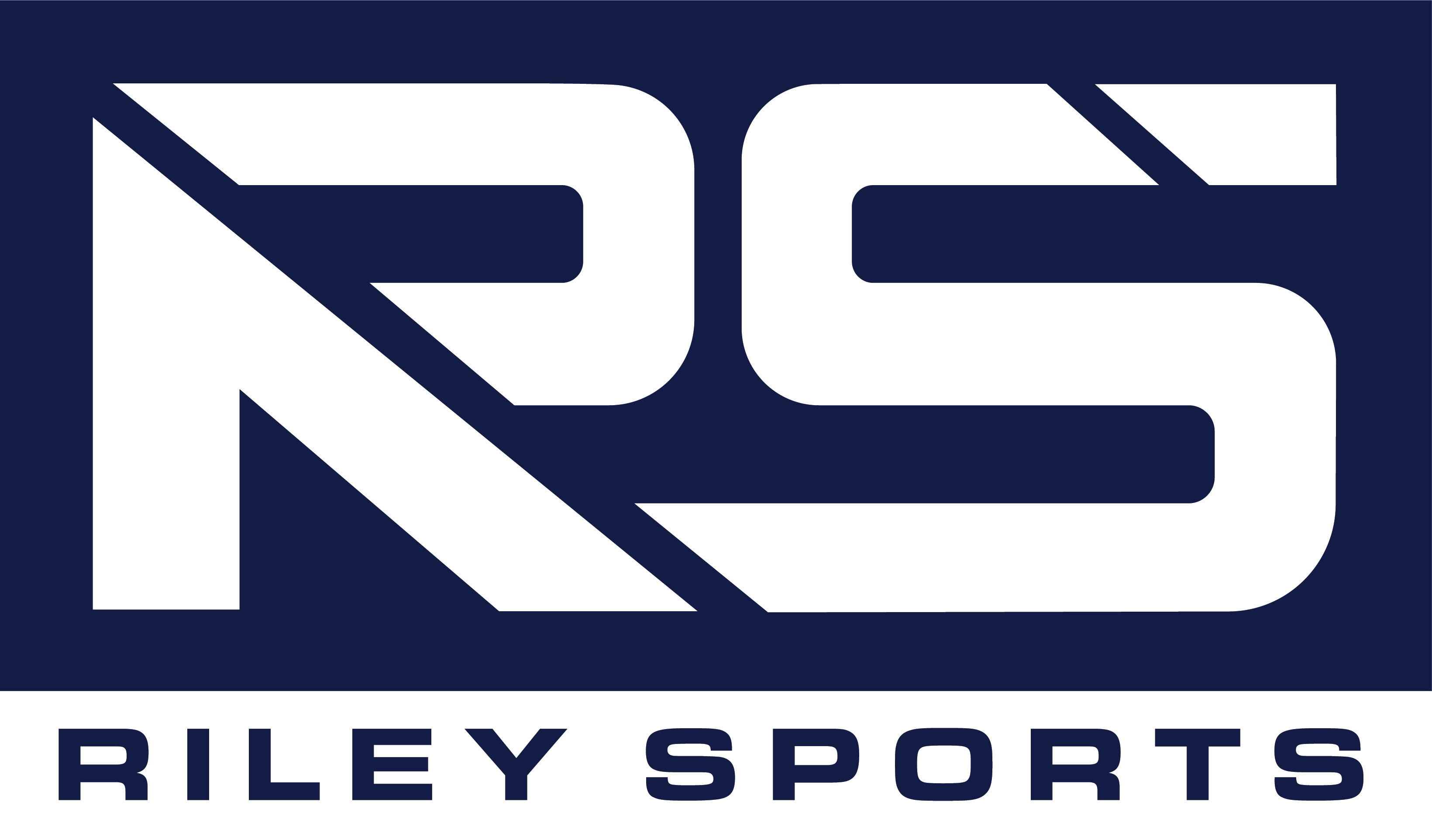Over the last little while, we have been inundated with requests from municipalities, facilities and Minor Hockey organizations regarding rink dividers. Since Hockey Canada’s announcement (June 2017) and implementation of smaller playing surfaces for youth/tyke hockey players, there has been so many questions asked regarding suitable and economical rink divider systems.
Being a hard-fast traditionalist when it comes to my sport, I admit, I took a very opinionated, conspiracy theory, stance against the cross ice concept. “I learned on full ice…my son learned on full ice…the system is not broken…this is just another cash grab by splitting two hours of ice time into one!……grumble, grumble, grumble”
Well I will admit it now…I believe I was wrong. I have researched, read studies & articles, that have changed the opinion of even this Stubborn Old School Hockey Guy. (I still say no to the Blue Puck though…that’s just stupid!) I Wont bore you with these details that changed my stubborn mind here, but I suggest you look for yourself…see if you still feel the same way
The Fact is “Cross Ice” programs are not a new concept. As a matter of fact USA Hockey beat Hockey Canada to the punch by…oh…about 8 years! Yes…you read that right…OUR GAME!….Hockey Canada!..has adapted and is following the lead of USA Hockey!
“When USA Hockey implemented its American Development Model in 2009, one element of the nationwide age-appropriate training blueprint sparked more debate than any other: cross-ice hockey for 8U players. In the years since, an abundance of evidence, both data-driven and anecdotal, has proven the developmental advantages of cross-ice hockey.“
So now begs the question….Um…hello?..What do we do now?
Well this means you will have to invest in some rink dividers for your facilities…and Yes…someone is gonna have to pry open some budgets and wallets. This undertaking has also spurred on some debate as to which type of divider system to purchase. Traditional Dasher Board Dividers or Foam Rink Divider Partitions?
The purpose of this is to show you some the benefits of a Traditional Dasher Board Divider over their foamy counterparts. Foam Rink Dividers come in many different heights, and this is where the cost difference is.
12″ (1 Foot High from Ice Surface)
24″ (1.8 Foot High from Ice Surface)
42″ (3.5 Foot High from Ice Surface) (Standard Board Height)
For the Purpose of this comparison we will concentrate on the 42″ High Boards.
MYTH
Foam Dividers are lighter in weight and therefore easier to set up and dismantle.
TRUTH
(Imagine carrying a queen size mattress by yourself. Heavy enough to be a nuisance, and just the wrong amount of awkward to handle)
Foam dividers come in sections measuring approximately 120″(L) x 42″(H) x 18″(W). This is about 52.5 Cubit feet of of high density impact foam. They are far from light weight. Fact of the matter is because of the size and that foam is more pliable, it makes it more difficult to manage position. This in turn will mean that they will be dragged into position, and will likely tear or rip over time .
MYTH
Traditional Aluminum dividers are harder and heavier to set up.
TRUTH
Aluminum Dividers do sound like they are heavy, but in reality the weight difference is inconsequential. Also since the dividers are durable, hard, strait sections, that click into place it makes it easier to maneuver and install. No more wet Velcro or worn straps. With our twin slide connectors, it is basically a quick plug and play system.
MYTH
Repair & maintenance costs are less expensive with foam dividers
TRUTH
There are about 2 main concerns about repairs when it comes to foam dividers.
- Rips and Tears
- Velcro & Straps ripped, torn or not working
Outside of using duct tape to repair tears, and learning how to sew on new straps, there really isn’t an economical repair solution.Replacement is one of the only solutions. Each 10′ section costs about $900 to replace. With an aluminum system, quite often they can be repaired just like your existing dasher boards, by simply replacing a part…(ex: Cracked HDPE panel…$75 for replacement)
MYTH
Aluminum Dividers are more expensive to purchase
TRUTH
Actually no! They are less expensive. If you are shopping 40″ Aluminum vs. 42″ foam, the Aluminum is actually cheaper. The only time it works out to be more expensive is when you compare a smaller size like a 12″ or 22″ divider. Even then when you review the capabilities, durability and over all quality, even the 22″ may seem like a poor value for the price difference.
Here is a more Comprehensive comparison. Contact your friends at Riley for more information.
Aluminum rink dividers vs. foam rink dividers
|
Riley Aluminum Rink Dividers (40″ High)
|
Foam Rink Dividers (42″ High)
|

